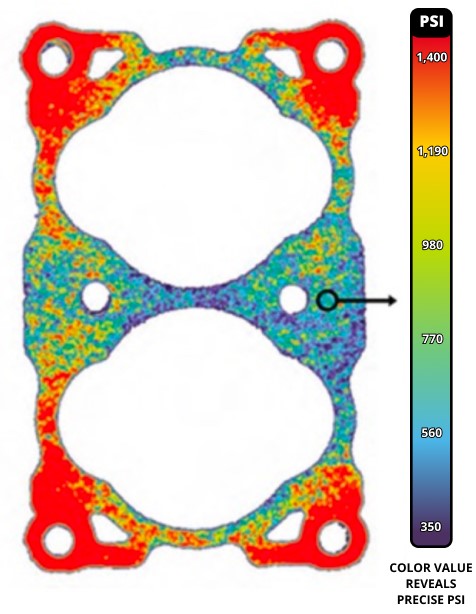A multimeter is an essential diagnostic instrument for electricians, engineers, and technicians. Whether you’re verifying a blown fuse, checking circuit continuity, or troubleshooting a thermocouple, understanding how to use a multimeter correctly can save time and prevent costly mistakes.
This guide outlines how to use a multimeter for various tests, with a specific focus on continuity testing, resistance measurement, and component diagnostics.
What is Continuity in Electricity?
Before diving into testing procedures, it’s important to define continuity in electricity. Continuity refers to the unbroken flow of electric current in a closed circuit. If a circuit is open or a component is damaged, current flow is interrupted, indicating a loss of continuity.
In technical terms:
- A continuity test verifies whether a path is electrically continuous by checking for very low resistance (usually below 30 ohms).
- If resistance is high or infinite, the circuit is open or the component is faulty.
Using a Multimeter for Continuity Testing
Step 1: Set the Multimeter to Continuity Mode
Most modern multimeters for continuity feature a continuity circuit tester mode, usually denoted by a diode symbol or a sound wave icon. When selected, the multimeter emits a tone when it detects low resistance between the leads.
For better usability, opt for a multimeter with continuity beep, which simplifies detection without watching the screen.
Step 2: Prepare the Circuit
Ensure power to the circuit is turned off to prevent damage to the meter or incorrect readings. Discharge any capacitors and isolate components if needed.
Step 3: Perform the Test
- Connect the black lead to COM (common) and the red lead to the VΩ port.
- Touch the probe tips to both ends of the circuit or component.
- If the continuity tester with buzzer emits a tone or shows near-zero resistance, the circuit is continuous.
- No sound or a high reading indicates an open circuit or break.
How To Test a Fuse With a Multimeter
Blown fuses can be deceptive to the eye. Here’s how to use a multimeter to test a fuse:
- Remove the fuse from the holder or board.
- Set the multimeter to continuity or ohms (Ω).
- Place one probe on each end of the fuse.
- Beep or 0 ohms = good fuse.
- No beep or OL (open loop) = blown fuse.
Pro Tip: Some technicians prefer continuity mode for the audible feedback, making it easier to test large quantities quickly.
How To Test a Breaker With a Multimeter
To test a breaker with a multimeter, follow this safe, step-by-step process:
- Turn off power to the panel and remove the breaker from the socket.
- Set your multimeter to resistance (Ω) mode or continuity.
- Place probes on the breaker’s terminal and load contact.
- Continuity or low resistance = working breaker.
- No continuity or infinite resistance = faulty breaker.
Always reinstall the breaker properly and test under live conditions after confirming safety.
How To Test a Thermocouple With a Multimeter
Testing thermocouples requires a sensitive and precise approach. Here’s how to test a thermocouple with a multimeter:
- Set the multimeter to millivolts (mV).
- Connect the probes to the thermocouple leads.
- Heat the thermocouple tip using a lighter or heat source.
- A properly working thermocouple will generate a small voltage (e.g., 25–35 mV depending on the type and heat).
- No voltage or unstable readings suggest the thermocouple is defective.
Note: Always verify the thermocouple type (e.g., K-type) and expected mV range for accuracy.
How to Check Resistance with a Multimeter
To check resistance with a multimeter, follow these steps:
- Power off the device or circuit.
- Set the multimeter to the ohms (Ω) range.
- Connect probes across the resistor or component.
- Read the value on the display.
- Compare with the expected rating or color code.
- A higher than expected reading may indicate wear, while infinite resistance means the component is open.
Pro Tip: Use the lowest resistance range first, then scale up if needed for better resolution.
Summary of Key Multimeter Tests
| Test Type | Multimeter Setting | Expected Result |
| Continuity Test | Continuity mode | Beep or near 0 Ω for good continuity |
| Fuse Check | Continuity or Ohms (Ω) | Beep or 0 Ω for intact fuse |
| Breaker Test | Continuity or Ohms (Ω) | Low resistance or beep for functional |
| Thermocouple Test | Millivolts (mV) | Rising voltage under heat |
| Resistance Check | Ohms (Ω) | Match component spec resistance |
Final Thoughts
Mastering the multimeter allows for accurate diagnosis of electrical components, circuit integrity, and safety verification. Whether you’re using a multimeter for continuity, checking resistance, or testing thermocouples, understanding each function enhances troubleshooting efficiency.
A high-quality continuity circuit tester or multimeter with continuity beep is indispensable for professionals and DIYers alike. Always follow proper safety protocols and isolate components when performing sensitive tests.


